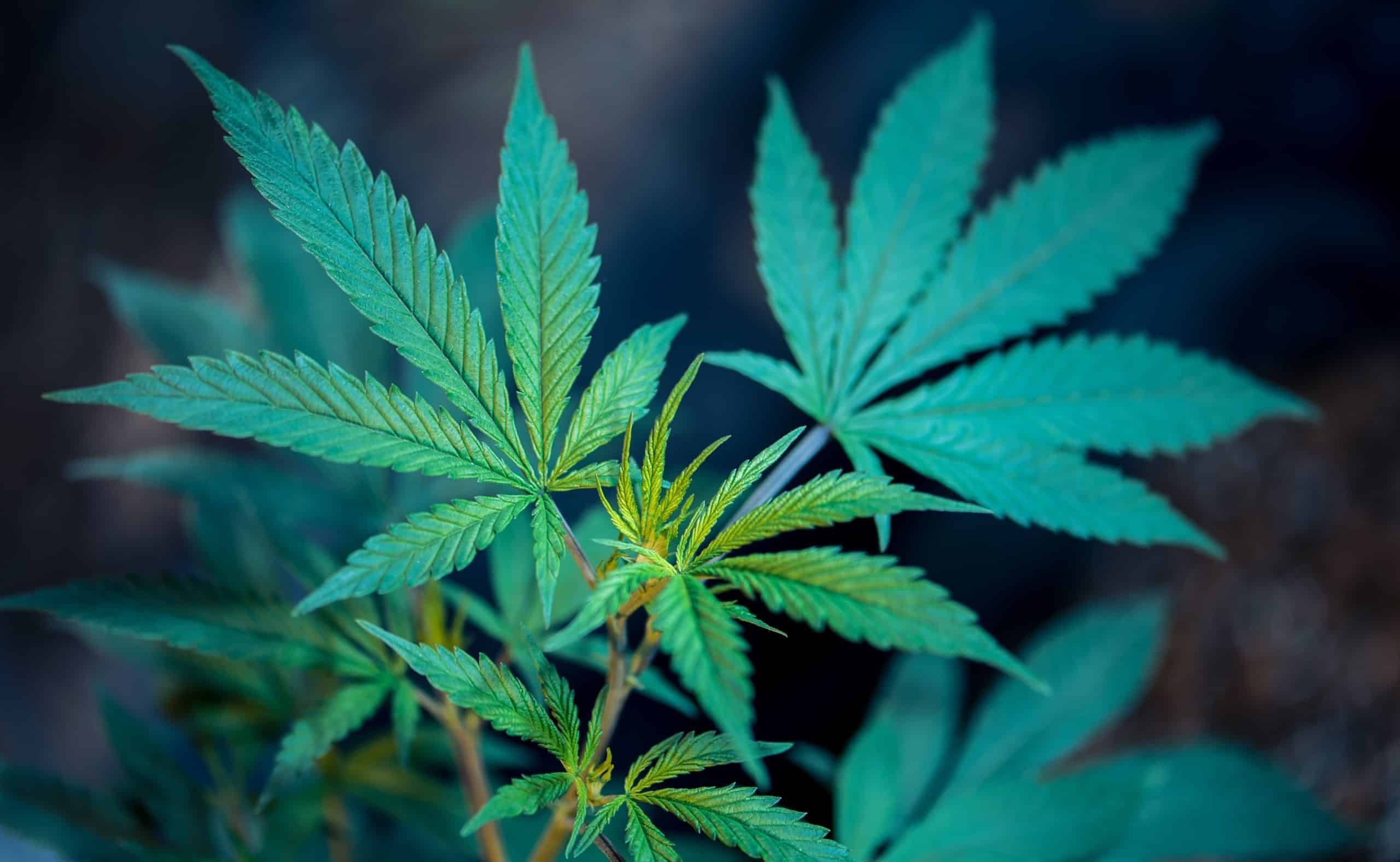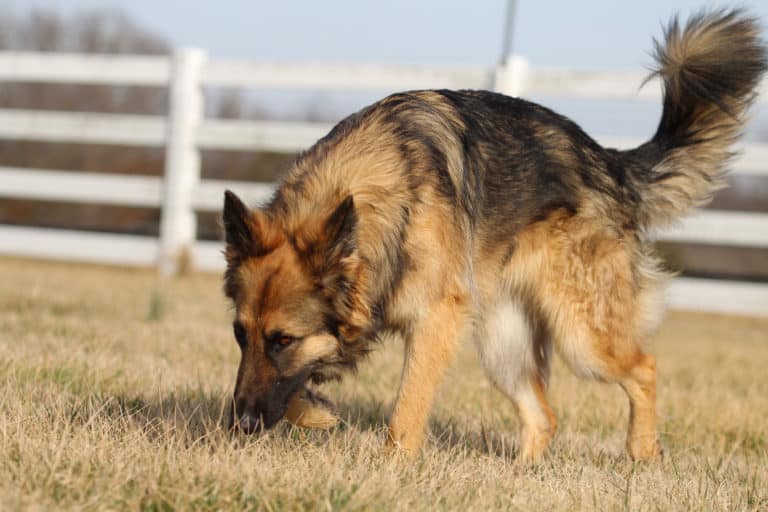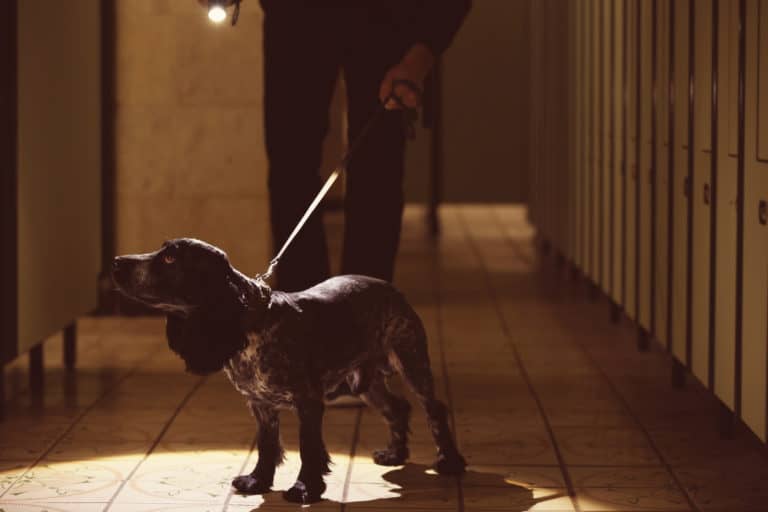The legality of marijuana has been a hot button issue for the past couple of decades in American society. In recent years, marijuana legislation has changed at a breathtaking pace in all 50 states. While marijuana was outlawed across the United States for most of the twentieth century, Oregon’s decision to decriminalize the substance in 1973 eventually led to creeping legislative adjustments at federal and state levels.
The merits and downsides of marijuana legislation can – and will continue to be – debated at length in all corners of the political arena. However, an actual consequence that we want to focus on at Black Hills K9 LLC is the impact that changes to marijuana legislation can have on narcotics detection dogs.
Narcotics detection dogs play a vital role in law enforcement. They are used by law enforcement teams to protect communities and take harmful substances off our streets. In this article, we’ll look at how these dogs are trained, and analyze the potential impact that relaxing cannabis legislation will have on the work of these dogs.
What does a narcotics detection dog do?
A narcotics detection dog is deployed by K9 handlers to identify the presence of specific odors in circumstances where it is suspected that illegal substances may be present (such as at a traffic stop or in a school). The type of substances they can be trained to identify includes (but is not limited to):
- Cocaine
- Heroin
- Methamphetamine
- LSD
- PCP
- MDMA
- Marijuana
Before they can become operational as part of a K9 team, a narcotics detection dog must undergo extensive training to ensure they can correctly identify the target odor(s).
How are narcotics detection dogs trained?
A narcotics detection dog is trained in a similar manner to other types of detection dogs. Through a gradual process of imprinting, the dog is exposed to the target odor(s). This is paired with a positive reward, such as a tug or treat.
Over time, the dog’s training will progress so that they can locate the target odor(s) in a variety of different search environments. They will learn to search different areas, and find the target odor hidden in novel places. The dog will also be taught a trained final response (TFR) which indicates to their handler that they have located the odor.
The training process continues with the complexity and difficulty of the training scenarios increasing, with an emphasis on the types of operational situations the dog is likely to find themselves deployed in. The dog will also be proofed off of odors that they should not identify as part of their work.
Once the dog is operational, regular maintenance training ensures that the dog remains efficient.
How has marijuana legislation changed?
Historically, marijuana was ruled illegal at the federal and state level almost wholesale, and was ruled as criminal activity. However, beginning in the 1970s, changes were made to decriminalize possession of the substance. As one example, Texas (which had previously classified marijuana possession as potentially worthy of life imprisonment) reduced the severity of the punishment for possessing minor quantities; in 1973, possession of four ounces or less became a misdemeanor.
Through the 1970s and 1980s, extensive scientific research was carried out on the impact of marijuana on physical and mental health. Studies found that marijuana had the potential to lower blood pressure, reduce anxiety, and help with pain and inflammation. It should be noted that studies with conflicting outcomes have also concluded that the benefits of medicinal marijuana may have been overstated, and can also contribute to poorer health outcomes such as addiction and substance abuse.
As more information became available about the potential benefits, several states started to introduce legislation enabling use of marijuana for medicinal purposes. In 1996, California was the first state to legalize cannabis for medicinal reasons via Proposition 215. Subsequently, state legislatures across the nation introduced similar initiatives. As of August 2023, only six states do not permit some form of cannabis for medicinal use.
Taking things one step further, states also started to legalize recreational use of marijuana, beginning with Colorado and Washington in 2012. In the past decade, several states followed suit, with 32 states now enabling recreational use of cannabis.

What is the impact of marijuana legislative changes on narcotics detection dogs?
Narcotics detection dogs are trained to indicate on all banned substances – including, in most jurisdictions until recently, marijuana. These dogs were taught to make an association with this substance and to indicate when it is present. Legislative changes create a problem for K9 teams whose dogs have been imprinted on marijuana. These dogs could be identifying a banned substance – but they could also be finding a substance that is no longer illegal.
Additionally, if a narcotics detection dog is trained to find a substance that is not illegal (marijuana or otherwise), defense attorneys can exploit this during court proceedings by questioning the accuracy and validity of the detection dog.
While it is possible for detection dogs to be trained not to indicate on odors they have previously indicated on (by being proofed off the odor), this is a time-consuming and arduous process. Another point to note is that different jurisdictions have different laws regarding marijuana, which can also impact the work of drug detection dogs. For example, in a state like South Carolina, marijuana is banned for both medicinal and recreational purposes.
Lastly, marijuana remains illegal federally. Therefore narcotics detection dogs used in federal installations still require the ability to detect the presence of the odor. In addition to federal regulation there are other locations where narcotics detection dogs that are trained to find marijuana are still very useful, such as schools. School districts with K9 teams still have a very high demand to deploy their narcotics detection dogs if they are imprinted on marijuana.
What are the marijuana laws in South Dakota?
Here in South Dakota, marijuana is permitted for medicinal use, following a ballot initiative put to voters in November 2020. The law came into force on July 1, 2021. Approved patients must be certified by a physician and then apply through a patient portal to obtain a medicinal cannabis card. It is an offense to drive in South Dakota while impaired, including any use of cannabis (including if prescribed).
Recreational use of cannabis is still banned in the state.
What does all of this mean for K9 teams?
The legalization of marijuana can present a potential decision point for law enforcement teams, particularly as legislation moves at speed in various parts of the country. It is vital for any K9 to be deployed with confidence and certainty in their work, and with laws continuing to be developed and altered in this area, the difficulty is only likely to increase for K9 handlers. The need to make an informed decision when purchasing or even deploying a narcotics K9 is at an all time high, no pun intended.
If your department has questions regarding narcotics detection dogs, is looking for guidance on how narcotics dogs can be trained to comply with the relevant legislation in your jurisdiction, or wants to understand your options for getting a trained narcotics detection dog, please reach out to us. We are happy to help you and discuss your questions and requirements. We offer a range of working dog programs to help law enforcement teams to perform effectively in the field. Simply contact us at dogtraining@blackhillsk9.com for more information.




